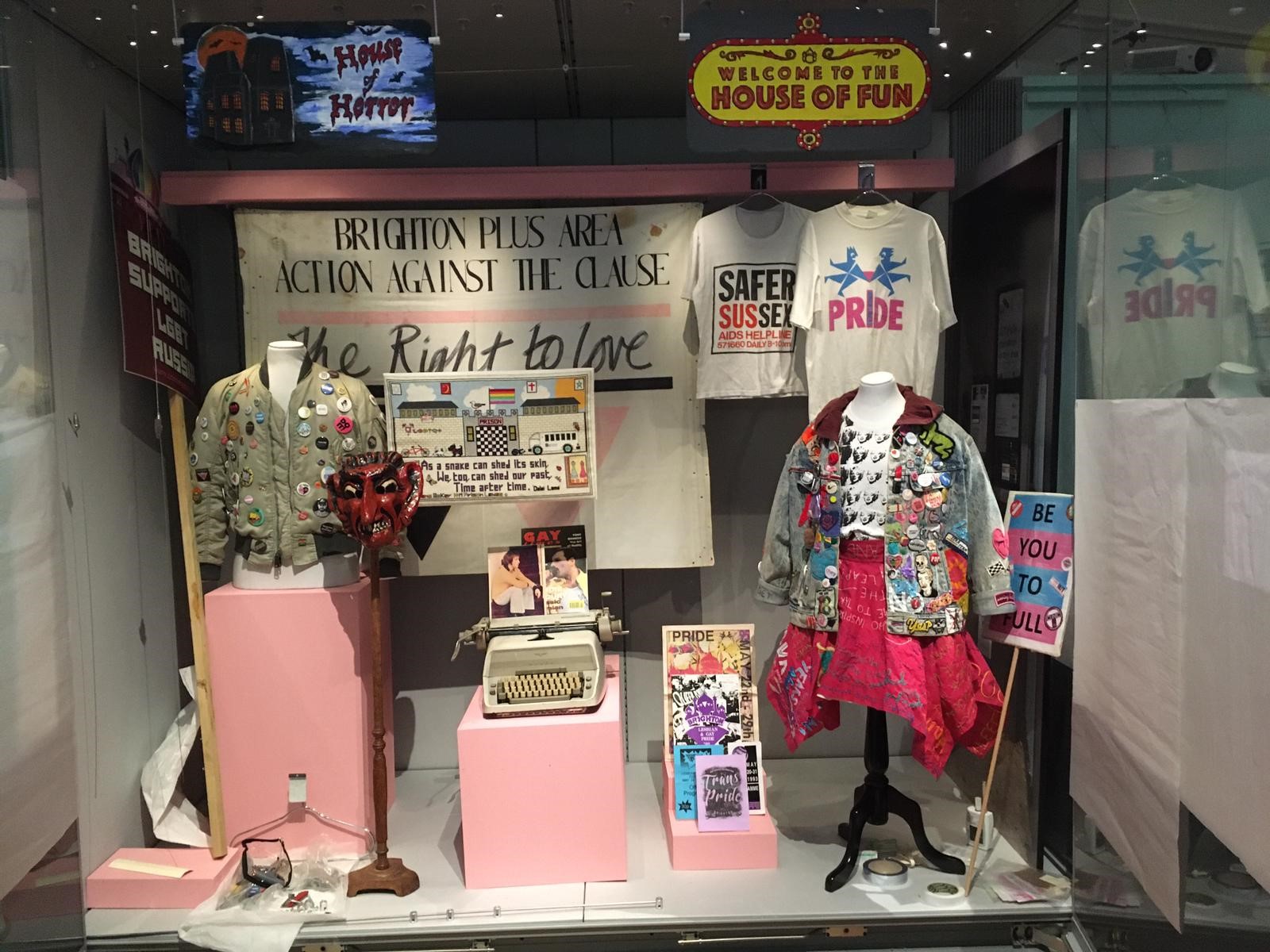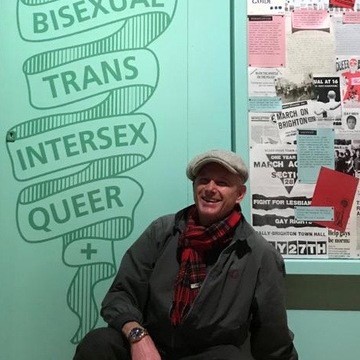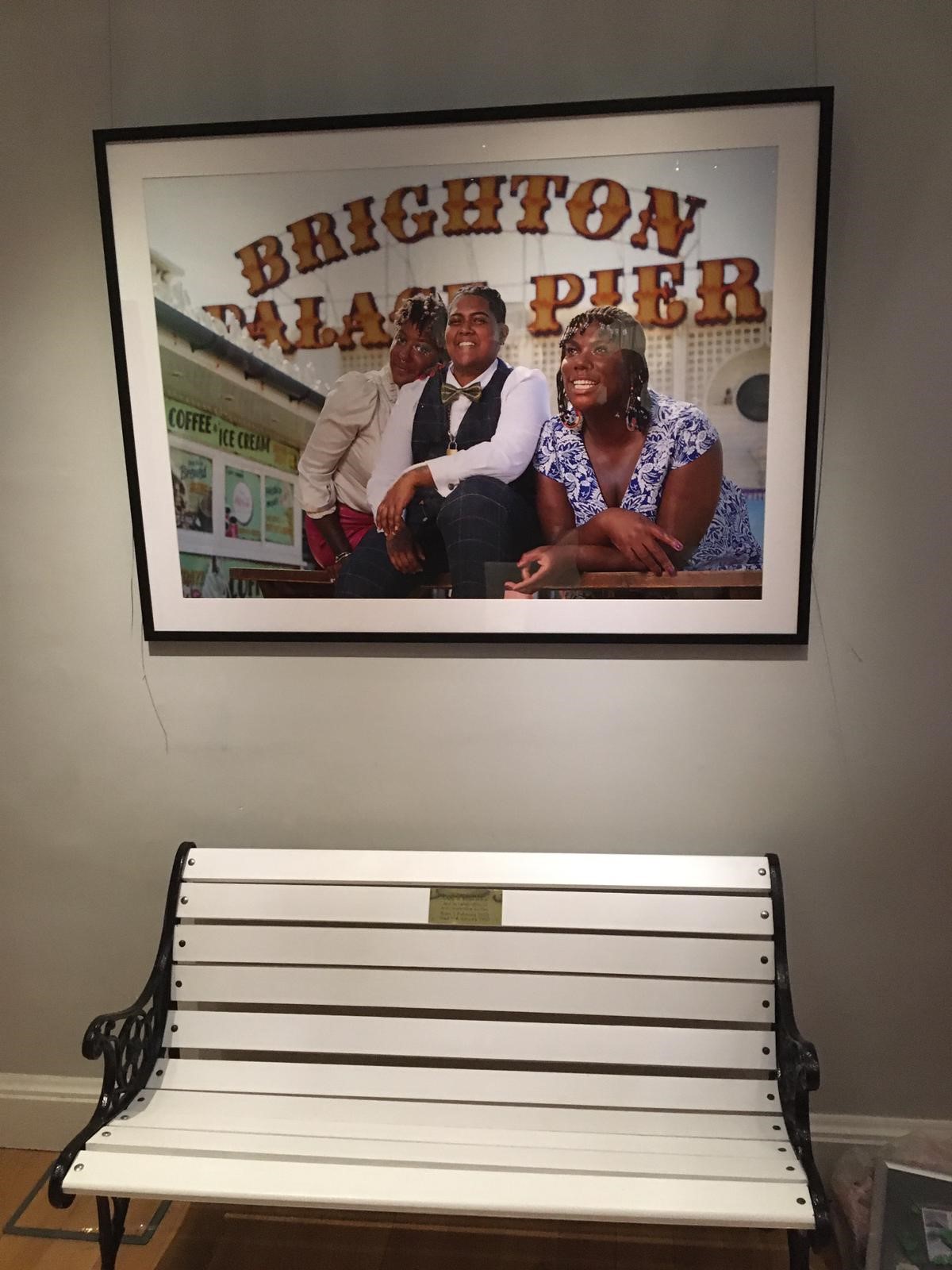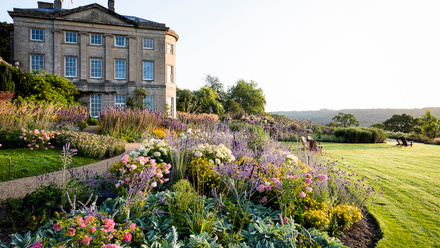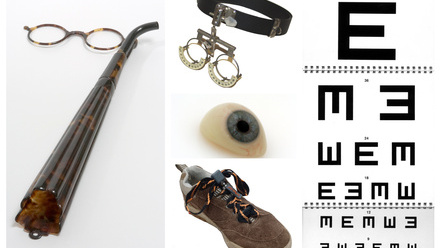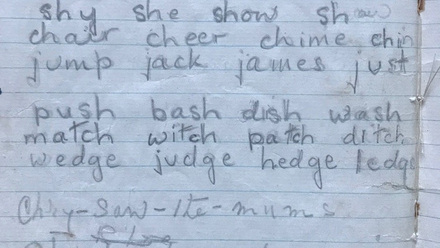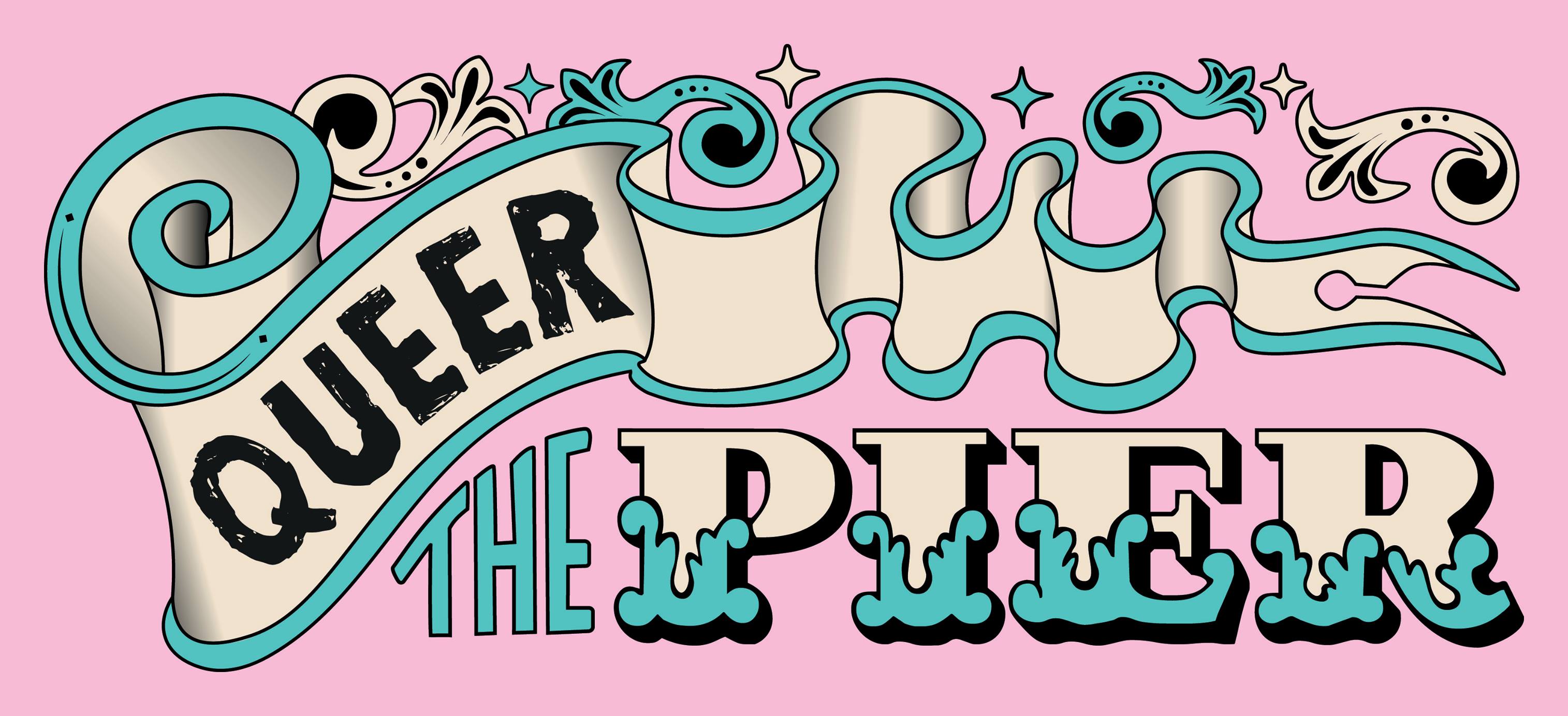
So much more than research
Daren Kay, Community Curator for Queer the Pier, and author
I’m gay. I love history. I live in Brighton. Given these three things, the decision to help curate an exhibition about Brighton and Sussex’s queer heritage was a no brainer.
But how we’d go about it. That wasn’t quite so obvious. The fact is that over the years very little queer heritage has been recorded and archived as such. Indeed, a prevailing theme of 'Queer the Pier' is how much of it has been erased, forgotten or simply thrown away.
So, faced with these challenges, where did we begin?
History finding us…
And then there were those objects that found their way to us! Perhaps the most striking example of this was a huge collection of photo albums, war medals and personal effects belonging to a lesbian couple from Worthing. Found by someone known to the Exhibition’s lead curator, E-J Scott, the hoard would most likely have been thrown away had it not come to the attention of queer historian and collector, James Gardiner. So important is the collection now deemed to be, that it has found a permanent home at Worthing Museum.
Yet there is so much more to being a Community Curator than research.
Learning to be bold
Susan Eskdale, Lead for Community Engagement and the Be Bold Programme at Royal Pavilion and Museums Trust
Our ambitious Be Bold programme came about in response to consultation with the LGBTIQ+ communities. Aware that our Museums did not represent these communities, with 2017 marking 50 years since the partial decriminalisation of homosexuality, we took the opportunity to reach out, to listen, to repair relationships and build new ones.
The brilliance of being bold!
This way of work is exciting, inspiring and challenging, it demands a lot of everyone involved. It asks questions about how we define expertise; how lived experience is or is not valued, who public museums represent, welcome and collaborate with. It is a great way for museums to be brave and provocative, to see communities as more than audiences and to really engage.
It is a continuing process with continued learning; seeing the impact of 'Queer the Pier' for the Community Curators, the queues at the door on opening night and the buzz in the Museum is a marker of the success and importance of this collaboration and investment, and for me personally, a vindication that we were right to Be Bold.
Find out more
- Visit Queer the Pier at Brighton Pavillion until February 2022
- Hear more from the Community Curators in a series of special video interviews. This online content was launched over Heritage Open Days last year, and includes some beautiful downloadable zines as well.
- Be Bold - Learn more about the beginnings of the programme
- The Museum of Transology
- Queer Rural Connections - For more Hidden Histories check out our earlier blog from Timothy Allsop

